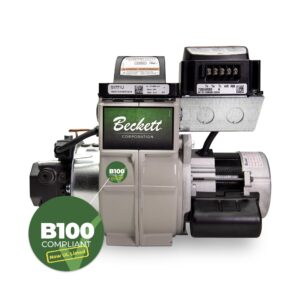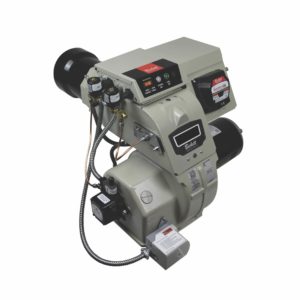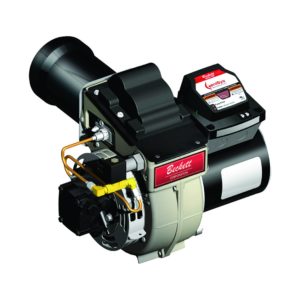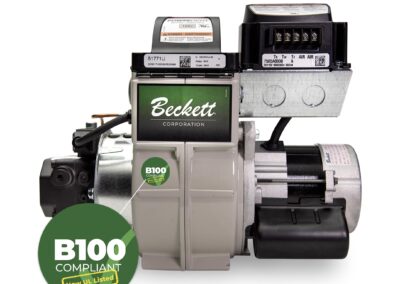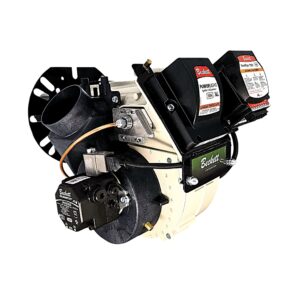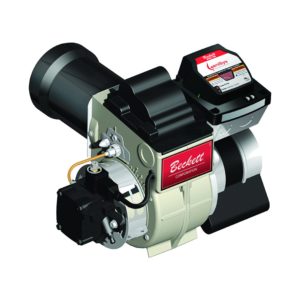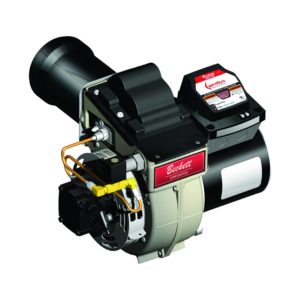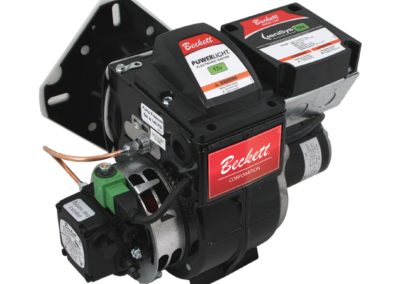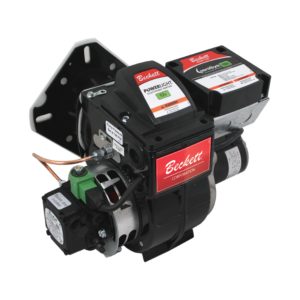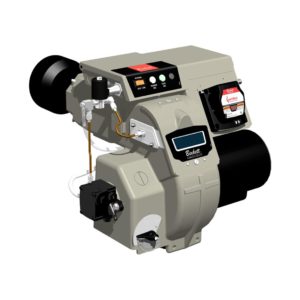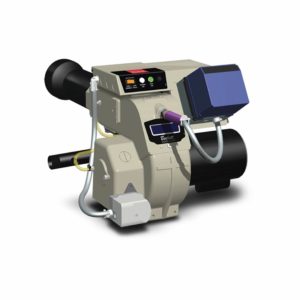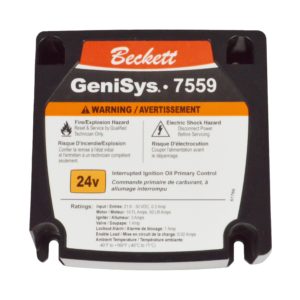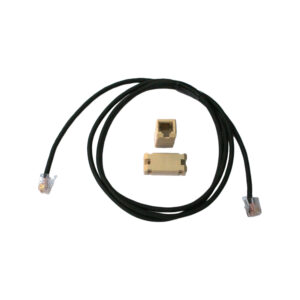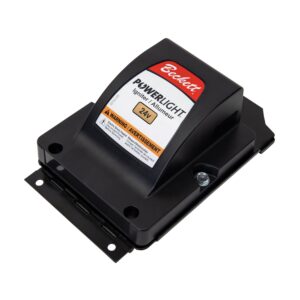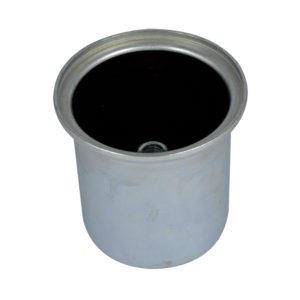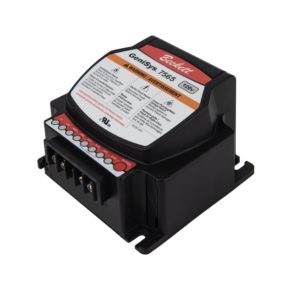Condensing-type furnaces, particularly those fired with gas, are becoming accepted in the heating equipment marketplace. Fifteen percent of the gas fired furnaces installed today are condensing-type furnaces. With the U.S. Department of Energy standards set to take effect in 1992, minimum AFUE’s (Annual Fuel Utilization Efficiencies) will be in the low 80% range.
This means that furnaces in this seasonal efficiency range will no longer be considered “high efficiency” models, but will become “basic” models will become unacceptable and the customer who wants a “premium” model must look at the condensing-type furnace. These points were made clear at a recent conference on condensing heat exchangers sponsored by DOE and the Gas Research Institute.
This Technical Bulletin will discuss briefly the challenges and future of oil-fired condensing furnaces and boilers.
Technical Overview
“Condensing” furnaces and boilers are so named because they utilize an added “secondary” (typically finned tube) heat exchanger to extract additional heat from the flue gases, reducing flue gas temperature from a typical 500-600°F to around 100°F, and removing the “latent heat of vaporization”, which is the heat required to hold liquids as vapor in the flue gas.
When the latent heat of vaporization is extracted, water vapor condenses and drops out of the flue gas. This condensation occurs at a temperature known as the “dew point”, which for water is about 120°F. Condensation occurs in the secondary heat exchanger and is collected for disposal. Flue gases are typically vented through a plastic flue pipe, assisted by an induced draft fan. Proper heat exchanger design in a condensing-type furnace can result in AFUE’s in the 92-96% range.
Design Challenges
Especially in oil-fired appliances, the proper design of a condensing-type furnace or boiler requires much more than proper sizing of a secondary heat exchanger. A number of problems exist peculiar to the oil combustion process in contrast to the gas combustion process, which makes condensing oil furnace design extremely difficult.
Corrosion is a major concern when operating in the condensing mode. Along with the condensation of water, ions of sulfur (from the fuel oil) and chloride (especially from indoor combustion air) condense and form acids which will corrode carbon steel and most “common” stainless steels. This process is even more destructive in the heat exchanger zones that go through wet and dry cycles. Proper design of the secondary fin tube heat exchanger requires fairly “exotic” stainless steels, and the future may see ceramic or even high temperature plastic heat exchangers.
Accumulated condensate, which contains the same sulfuric and hydrochloric acids, must be disposed of properly. The effect of condensate on residential plumbing materials must be determined, building code restrictions must be considered and condensate drains must be kept from freezing.
The secondary heat exchanger adds restriction to the furnace or boiler, and requires very careful oil burner design and application to minimize rough starts and stops and optimize efficiency . Start and run instability can cause premature and critical sooting of the burner and heat exchanger.
Condensing boilers are being used in Europe, but require extended radiation/convection surface to provide return water at a temperature low enough to cause condensation.
Finally, venting of a condensing furnace (or a conventional-type high efficiency furnace operating at near-condensing conditions) through a masonry chimney can cause damage as condensed water and acids will attack the brick and mortar.
The Future
Several heating appliance manufacturers have stepped out with condensing-type units. Valuable experience is being gained. Other manufacturers will undoubtedly develop condensing oil-fired appliances as knowledge and confidence increase, particularly in the areas of corrosion, venting, condensate disposal, start/run instabilities and soot deposition.
Conclusion
The design of a condensing-type appliance is more than just adding a secondary heat exchanger to a conventional furnace. Furnace and boiler designers must look at this technology as a system which also includes the burner, special flue and condensate drain. The competition from gas and the need for higher efficiency will continue to be the driving forces behind oil-fired condensing heating appliances.










